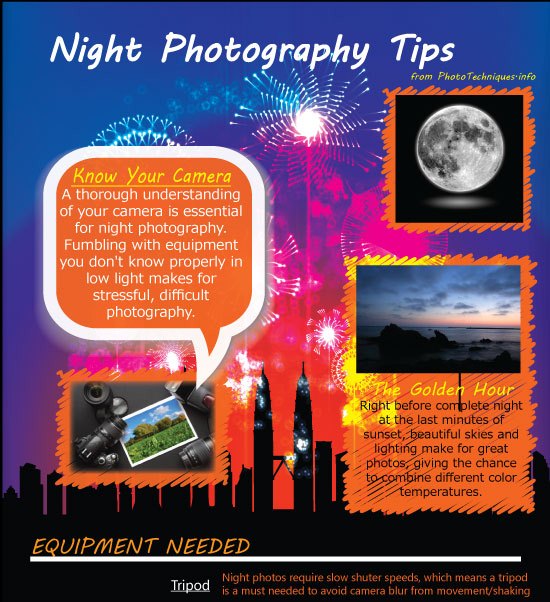Digital Photography Tips For Beginners: Mastering Your Video Camera In No Time
Digital Photography Tips For Beginners: Mastering Your Video Camera In No Time
Blog Article
https://www.liveinternet.ru/users/klein_silverman/post509045369 By-Grant Monroe
When you first pick up your camera, it can feel overwhelming with all the settings and alternatives offered. You may find yourself wondering exactly how to browse aperture, shutter rate, and ISO properly. Understanding these basics is critical, however there's even more to digital photography than just technical knowledge. Comprehending Personal branding and lighting conditions can elevate your pictures substantially. So, suppose you could find out easy strategies to enhance your skills and begin recording outstanding images faster than you assume? Allow's discover exactly how to transform your digital photography journey.
Comprehending Electronic Camera Setups
Comprehending your cam settings is essential for catching spectacular images. When Linkedin portrait grab your electronic camera, acquaint on your own with the 3 main setups: aperture, shutter rate, and ISO. Each plays a vital function in how your photos end up.
Begin with aperture, which controls the quantity of light going into the lens. A bigger aperture (lower f-number) lets in extra light and creates a stunning background blur, ideal for pictures. Conversely, a narrower aperture (higher f-number) keeps even more of the scene in focus, suitable for landscapes.
Next, focus on shutter rate. This setting identifies how long your video camera's sensor is subjected to light. http://eldridge10salvatore.xtgem.com/__xt_blog/__xtblog_entry/__xtblog_entry/37571391-exactly-how-to-select-the-right-electronic-camera-for-your-digital-photography-demands?__xtblog_block_id=1#xt_blog freezes motion, which is great for action shots, while a sluggish shutter rate can develop stunning impacts like smooth water in landscapes.
Lastly, readjust your ISO. This setup impacts your camera's sensitivity to light. A higher ISO works in low-light circumstances but can introduce noise or grain. Aim for the most affordable ISO feasible while still achieving correct direct exposure.
Structure Methods
When you're out capturing, structure can make all the difference in exactly how your photos resonate with viewers. Start by using the regulation of thirds; imagine your frame divided into 9 equal areas with two straight and 2 upright lines. Setting crucial elements along these lines or at their crossways to create balance and interest.
Next off, take into consideration leading lines. These all-natural lines in your scene, like roads or rivers, attract the viewer's eye right into the picture, assisting them through the story you're telling.
Don't forget about mounting; usage components within your scene, like trees or windows, to develop a frame around your subject, adding deepness and emphasis.
Additionally, watch on your background. A cluttered history can distract from your primary topic, while a simple one aids it stand apart.
Last but not least, experiment with proportion and patterns; they can create a striking photo that records interest.
Learning Lights Conditions
Understanding lights problems is essential for capturing magnificent pictures, as the ideal light can change a normal scene into something phenomenal.
Beginning by observing all-natural light at different times of the day. Early mornings and late afternoons supply the best light, called the gold hour. The soft, warm tones during these times can improve your pictures magnificently.
Do not shy away from cloudy days either; diffused light can decrease rough shadows and produce a pleasing effect, especially for portraits.
Trying out backlighting by placing your subject against the light. This technique can produce a wonderful halo impact and include depth to your images.
Take note of your electronic camera settings as well. Adjust the ISO, aperture, and shutter speed to match the illumination problems. A higher ISO can help in reduced light, yet beware of grain.
Use a tripod in darker atmospheres to stay clear of blur.
Lastly, don't neglect synthetic lights. Flash and constant lights can be excellent devices for managing light in challenging conditions.
Final thought
Finally, mastering your video camera does not need to be frustrating. By comprehending your settings, using composition methods, and utilizing the power of natural light, you'll promptly boost your digital photography abilities. Keep in mind, exercise makes best, so go out there and try out your newfound expertise. With time and devotion, you'll be recording magnificent photos that mirror your special perspective. Delight in the journey, and do not forget to enjoy while you're at it!
